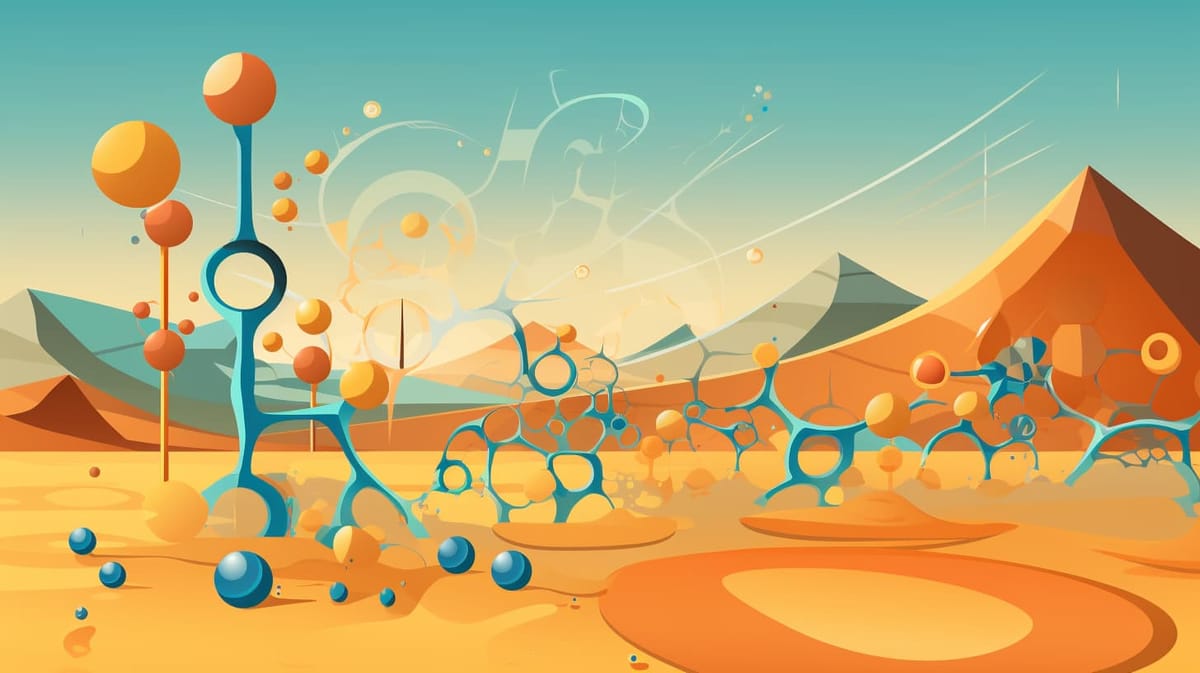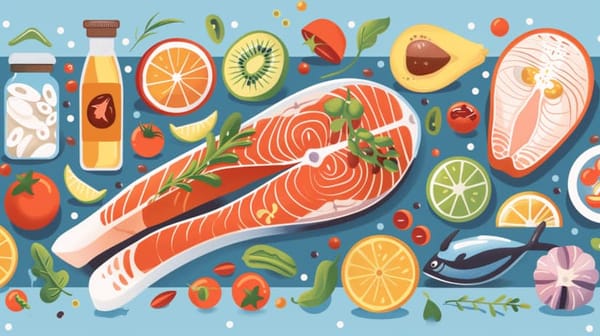Anhydrobiosis is like a survival trick some tiny organisms use to live without water. They dry up completely, stop all body activities, but can come back to life when they get water again. These organisms can handle losing almost all their water. There's a certain point where if they lose too much water (less than 10% of their body), it's usually too much for most organisms, and they can't survive. But, anhydrobiotic organisms, like some bacteria, can go even lower, to about 2% water, and still manage to revive later.

Anhydrobiosis is a puzzling survival method where dried-up organisms seem lifeless but aren't actually dead since they can spring back to life with water. This challenges our understanding of what being alive means. It's like these organisms are in a special in-between state, not fully alive but not dead either.
These tough survivors are found across different life forms. Among bacteria, the gram-positive types are good at this. A few from the archaea group can also handle drying up. In the world of fungi, the Saccharomyces species are known for this ability. For plants, bryophytes (like mosses), many types of seeds, and especially "resurrection plants" can dry up and come back to life. There are about 300 types of these special plants.
When it comes to animals, no vertebrates (like fish or birds) can do this, but some tiny invertebrates can, like nematodes, rotifers, and tardigrades (often called water bears or moss piglets). Some crustacean embryos and certain insect larvae also have this ability.
In nematodes, especially the widely studied C. elegans worm, scientists have found that when they experience certain kinds of stress, like not getting enough to eat (similar to fasting), they can actually live longer. This isn't just a simple change; it involves a complex network of genetic signals inside their bodies. These signals are kind of like messages that tell their cells how to behave. For example, some signals related to insulin (yes, similar to the insulin in humans) and specific genes known as daf-2 and daf-16 play a big role. When these signals and genes get activated, they help the nematodes become more resistant to stress and slow down their aging process. So, in a way, a little bit of stress from fasting makes these tiny creatures tougher and helps them age more slowly.

How does dry fasting in humans parallel some aspects of anhydrobiosis?
Dry fasting, where individuals abstain from both food and water for a period, is a practice seen in some human cultures, believed by some to have health benefits due to the stress it puts on the body, triggering survival mechanisms. On a cellular level, organisms undergoing anhydrobiosis show some parallel survival strategies, which involve drastically reducing metabolic activity and preserving cell structures without water. This is somewhat analogous to the human body adapting to the stress of dry fasting by altering its metabolism and utilizing internal reserves for survival.
Osmolytes are small molecules that cells use to protect themselves under stressful conditions like extreme temperature, salinity, or, importantly here, dehydration. They help maintain the integrity of proteins and cell structures even when water is scarce. In anhydrobiosis, organisms accumulate these protective substances to stabilize their proteins and cell membranes, essentially "armoring" their cells against the damage that severe dehydration could cause.
Parallels and theories between dry fasting and anhydrobiosis
Stress-Induced Protection: Just as dry fasting is believed to activate certain protective mechanisms in humans (like autophagy, where cells clean out damaged parts), anhydrobiotic organisms activate their own protective mechanisms when they sense dehydration. The idea is that mild, controlled stress can trigger biological processes that bolster the organism's resilience to more severe stress.
Preservation of Vital Functions: Anhydrobiotic organisms preserve essential biomolecules during dehydration, much like the human body might prioritize vital functions and conserve resources during a fast. In humans, fasting is known to alter hormone levels and reduce metabolism, similar to how anhydrobionts drastically slow their metabolism to conserve energy.
Molecular Protection with Osmolytes: Just as osmolytes protect anhydrobionts at the cellular level during dehydration, understanding and potentially harnessing these molecules could offer new insights into protecting human cells under stress. For instance, certain osmolytes might be used therapeutically to stabilize proteins in human cells during various treatments or in conditions of extreme stress.
Enhanced Recovery Post-Stress: Remarkably, anhydrobionts not only survive extreme dehydration but can also recover fully upon rehydration. This resilience could inspire strategies to enhance recovery after dry fasting or other stress-inducing therapeutic processes in humans. Learning how anhydrobionts manage not just to survive but to thrive and fully restore function after rehydration could inform post-fast recovery or rehabilitation protocols for humans.






